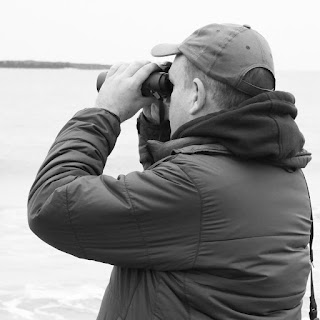This week I have visited Kemerton Lakes Nature Reserve which is managed by Kemerton Conservation Trust. The 46.5 acre wetland reserve lies at the foot of Bredon Hill and was designed out of a formal gravel pit. The main lake is quite similar to the main pit at Salford Priors and shows what can be done with genuine conservation work. As well as the main lake there is a woodland, reedbed and fields so the chance of anything.
The reason for my visit was to try to see the drake Smew which had relocated from Holt Fleet but now in striking plumage. You can only really view the water from one of the provided hides. This looked very new with a boardwalk.
The Smew was around 100 metres from the hide feeding well but on occasions went in-between the reeds beds which explains why on occasions visitors had not seen the bird. It's hard to believe it's the same scruffy red head I saw back in 2018.
Other sightings included 7 Wigeon, 8 Shoveler, 10 Little Grebe, 3 Cormorant, Sparrowhawk & a Greater Spotted Woodpecker.
A very classy reserve and I will be returning very soon.



























































